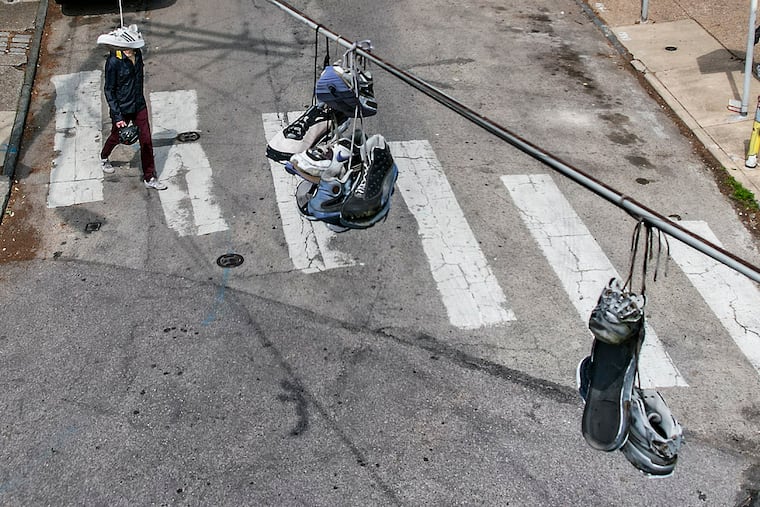Good news and bad news on Pa. electricity includes reduced CO2 emissions but high costs for residents
According to a Peco report, Pa. reduced its carbon dioxide emissions by 10%, the largest year-over-year decline since 1990. But the cost of cents per kilowatt hour is higher than the national average.

There’s the good news regarding the state’s electricity generation for 2023. Electricity was cleaner and local electricity was more reliable.
Pennsylvania reduced its carbon dioxide emissions by 10%, the largest year-over-year decline since 1990, largely because of the decrease in coal production. Despite a national rise in blackouts, Peco last year had the lowest rate of power outages in the company’s history.
And then there was the bad news for advocates of renewable energy.
Pennsylvania is still highly dependent natural gas, a fossil fuel, for 59% for electricity generation, more than the U.S. average at 43.1%.
These are the latest statistics from the Pennsylvania Electricity update released earlier this month. Last year the state also generated more electricity than New York and Ohio combined, but only 3.7% was from sources other than fossil fuels or nuclear energy.
“Pennsylvania’s clean electricity requirements are woefully inadequate to meet demands of the climate crisis,” said Thomas Schuster, director of the Sierra Club’s Pennsylvania Chapter and a member of Energy Justice Advocates, a coalition that filed with the PUC to challenge Peco’s “business as usual” energy purchasing plans.
» READ MORE: Peco may be forced to pick between fossil fuels or renewable energy before its latest plan expires in 2025
Peco, which provides electric services to nearly 1.7 million customers within Bucks, Chester, Delaware, Montgomery, Philadelphia, and York Counties, is the state’s largest electricity provider. Pennsylvania is 45th in country in terms of renewables.
To support the growth of renewables, a Peco spokesman said the utility is “proposing to double our purchase of solar Alternative Energy Credits (AECs).” According to the state’s Public Utilities Commission (PUC), an AEC is created for each 1,000 kilowatt-hours of electricity from an alternative energy source which is then sold or traded separately. Electricity suppliers are obligated to purchase AECs, to meet their compliance obligations under the law.
Finally, the worst news is the high cost of Pennsylvania resident electricity.
From 2021 to 2022, Pennsylvania electricity price increased 33.8%, far surpassing the U.S. price increased of 19.6%. States that have held prices lower have credited it to a having more diverse supply mix. In February electricity rates in Philadelphia were about 20 cents per kilowatt-hour vs. 17 cents for national average.
Higher cost electricity, older appliances, and poor weatherization of aging rowhouses are the primary reason why one out of seven people spend over 10% of their income on utilities in Philadelphia.
“The only thing preventing Peco from supplying more affordable solar energy to its customers is it antiquated procurement process.”
Ironically, Pennsylvania is the leading exporter of electricity. According to the Pennsylvania Electricity update, last year the state exported an estimated 83 million megawatt hours of electricity, 85% higher than the second highest export state of Alabama.
“The only thing preventing Peco from supplying more affordable solar energy to its customers is it antiquated procurement process that is biased towards traditional fossil fueled power plants. We seek to modernize this process to benefit both our climate and customers’ wallets,” Schuster said.
The Pennsylvania Public Utility Commission (PUC) will hold a public hearing in April in Philadelphia of Peco’s proposed buying strategy which was filed in February with the PUC.
A Peco spokesman said the plan “outlines how the company will purchase electricity for customers who are not purchasing their electricity from a competitive supplier for the period from June 1, 2025 to May 31, 2029.”
The public hearing will take place with Tuesday, April 16 at 6 p.m. over the phone, or in person on Thursday, April 18 at 1 p.m. at the Betsy Ross Conference Center, (6th Floor Conference Center), 801 Market Street. Attendees should enter on the Eighth Street side.